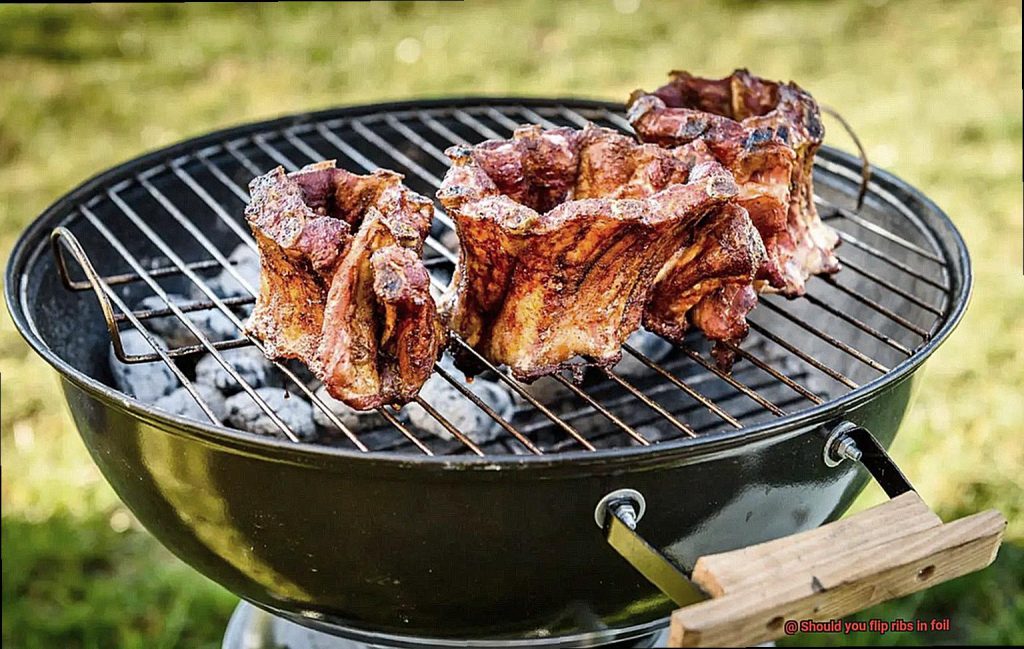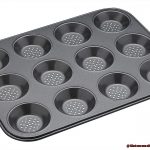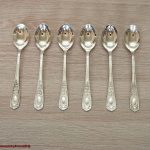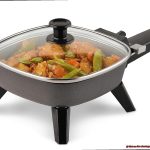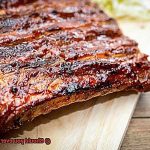There’s something about the smell of barbecue that screams summer, and nothing says “I’m a grill master” quite like a perfectly cooked slab of ribs. But when it comes to cooking them in foil, opinions are divided. Some swear by flipping the ribs to ensure even cooking and maximum flavor infusion, while others insist on leaving them untouched for the juiciest results.
So which is it? Flip or not to flip? In this post, we’ll explore the science behind slow-cooked meat, weigh the pros and cons of each method, and share some tried-and-true tips for achieving fall-off-the-bone goodness every time.
By the end of this article, you’ll have all the tools you need to settle the debate once and for all at your next backyard bash. So grab a cold one, fire up that grill, and get ready to serve up some seriously delicious ribs.
Contents
What is Foil-Wrapped Grilling?
Foil-wrapped grilling is a versatile and effective method of cooking meat on a grill. This technique involves wrapping your meat in foil, creating a barrier between the meat and the grill grates. This not only prevents burning but also ensures even cooking. The foil acts as a mini-oven that traps heat and moisture, cooking your meat to perfection.
One of the many benefits of foil-wrapped grilling is that it allows for precise temperature control. By trapping heat and moisture, you can cook your meat evenly, ensuring that it is cooked to perfection. Additionally, using foil can help to infuse the meat with flavor by trapping in any marinades or spices that you use.
Foil-wrapped grilling is especially useful when cooking tougher cuts of meat like ribs. By wrapping them in foil and cooking them at low temperatures for an extended period of time, you can break down the tough connective tissue and create tender, juicy ribs.
However, some people debate whether or not to flip their ribs halfway through the cooking process. While flipping can prevent sticking and uneven cooking, it may cause juices to escape and rubs to come off. Ultimately, it’s up to personal preference and cooking style.
Benefits of Flipping Ribs in Foil
Look no further than the foil-wrapped grilling technique, but don’t forget to flip your ribs halfway through cooking. This technique has become increasingly popular among grill enthusiasts for its many benefits.
Firstly, flipping your ribs in foil helps to evenly distribute heat, ensuring that your meat is cooked to perfection without drying out. This is especially important when slow-cooking or smoking your ribs for an extended period.
But wait, there’s more. By wrapping your ribs in foil, you create a sealed environment that locks in moisture and flavor. The result? Juicy and flavorful meat that will leave your taste buds singing.
And let’s not forget about the frustration of losing precious meat to the flames. Flipping your ribs in foil can also prevent them from sticking to the grill grates, saving you from any grill-related mishaps.
Not convinced yet? Using foil also makes cleanup a breeze – simply remove the foil and discard it. Your grill will be spotless and ready for your next cooking endeavor in no time.
Drawbacks of Flipping Ribs in Foil
You may have heard of the foil-wrapped grilling technique. However, before you start flipping those ribs in foil, it’s important to be aware of the potential drawbacks.
Firstly, wrapping your ribs in foil can result in a loss of flavor. The steaming effect created by the foil can dilute the flavors and prevent smoke or char flavors from penetrating the meat. Imagine biting into a rib that lacks the rich, smoky taste that you were hoping for.
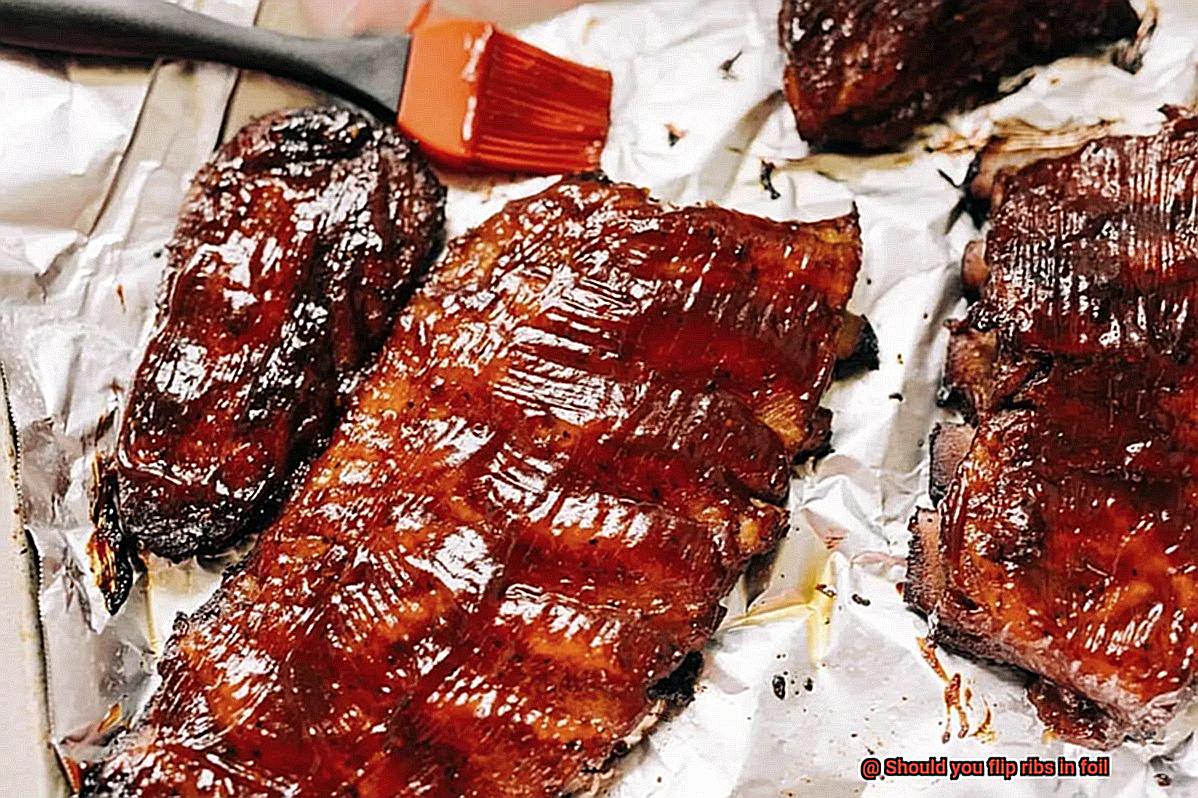
Secondly, the lack of texture is another potential drawback. Cooking your ribs in a moist environment can result in a soft and tender meat, but it can also mean a lack of crispy texture on the outside. If you’re looking for that satisfying crunch when you bite into your ribs, this technique may not deliver.
Thirdly, overcooking is another risk when flipping ribs in foil. With the meat being cooked in a sealed environment, it can be difficult to monitor the temperature and ensure that the meat is not overcooked. This can lead to dry and tough ribs that are a far cry from the succulent meat you had envisioned.
Lastly, let’s not forget about the time and effort required to wrap each individual rib. Flipping them at regular intervals also requires careful monitoring. This technique may be time-consuming and labor-intensive if you’re cooking for a large group.
Tips for Successful Foil-Wrapped Grilling
Foil-wrapped grilling has become a go-to technique for many grill masters who want to achieve perfectly cooked and flavorful ribs. To help you master this technique, here are five tips for successful foil-wrapped grilling:
Generously Season the Ribs
Before wrapping your ribs in foil, make sure to generously season them with your favorite spices and rubs. This will ensure that the flavors penetrate through the meat and create a delicious taste that will leave your guests asking for more.
Wrap Tightly
Use heavy-duty foil and create a tight seal around the ribs, leaving some space inside for air circulation. This will prevent any juices from leaking out and causing flare-ups on the grill, while also helping to create a steamy environment that will keep the meat tender and juicy.
Cook on Indirect Heat
To allow for the meat to become tender and juicy, it’s recommended to cook your ribs on indirect heat for a longer period of time. This low and slow cooking method is the key to achieving fall-off-the-bone ribs that everyone will love.
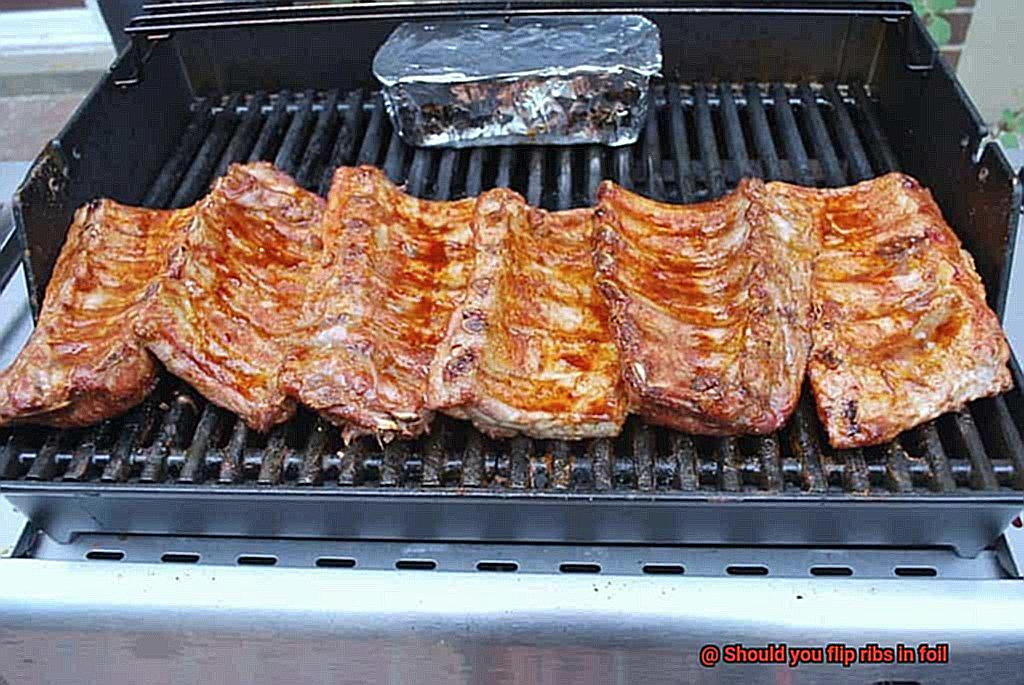
Don’t Flip in Foil
While some recipes call for flipping the ribs halfway through cooking, it’s best to avoid this when grilling with foil. Flipping the ribs can cause them to break apart or lose their shape, leading to a less than desirable outcome. Instead, let them cook on one side until they are almost done, then carefully remove them from the foil and place them directly on the grill for a few minutes on each side to get a nice char and caramelization.
Let Them Rest
Finally, let the ribs rest for a few minutes before serving to allow the juices to redistribute and prevent dryness. As tempting as it may be to dig in right away, a few moments of patience will be well worth it in the end.
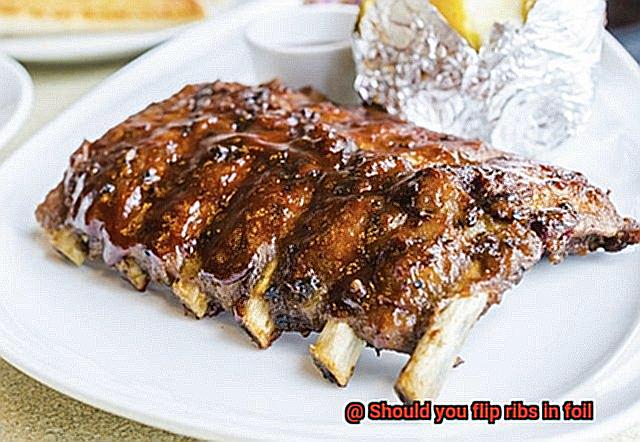
Alternatives to Flipping Ribs in Foil
Fear not, as there are alternative methods that can achieve the same tender and flavorful results without the added stress.
One alternative method is to use a rib rack. This special tool allows you to stand your ribs upright, which promotes even cooking without the need for flipping. Not only does this method lead to a more evenly-cooked and crispy exterior, but it also provides better air circulation around the entire rib, resulting in juicy and succulent meat.
Another option is to smoke your ribs instead of grilling them. Smoking the ribs at a low temperature for an extended period of time can yield tender and delectable results without the need for flipping or wrapping in foil. Additionally, smoking adds a mouth-watering smoky flavor to the meat that cannot be achieved through grilling alone.
If you prefer to grill your ribs without foil, consider using a dry rub or marinade to keep them moist. Applying generous amounts of seasoning before grilling can seal in the juices and prevent the meat from drying out. You can also baste the ribs with sauce during grilling to add moisture and flavor.
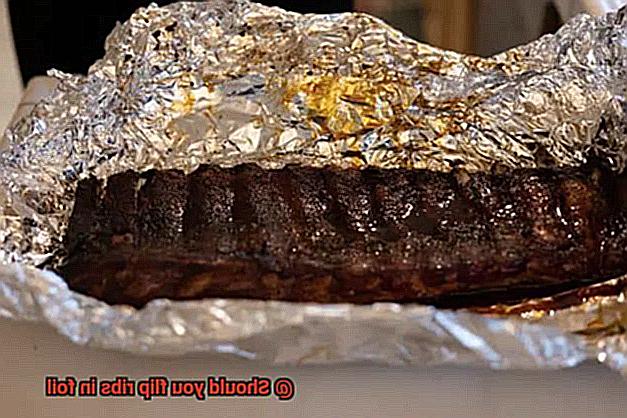
Best Practices for Flipping Ribs in Foil
Look no further than flipping your ribs in foil. But before you get carried away, it’s important to understand the best practices for achieving mouth-watering results every time.
First and foremost, it’s important to note that flipping ribs in foil isn’t always necessary. Some pitmasters argue that it can disrupt the cooking process and cause the ribs to lose moisture and flavor. However, if you choose to flip your ribs, timing is key. It’s generally recommended that you flip your ribs during the last 30 minutes of cooking time. This allows the meat to cook through and develop a delicious crust on one side before flipping.
When it comes to flipping your ribs in foil, be gentle and careful not to tear the foil or disturb the meat too much. Use tongs or a spatula to delicately lift and flip the ribs, ensuring not to break any bones or damage the meat. After all, we want our ribs juicy and tender.
Temperature is another crucial factor to consider when flipping your ribs in foil. Wait until your ribs reach an internal temperature of around 160-170°F before flipping. This will ensure that they’re cooked through but still tender and moist.
Flipping your ribs in foil can help ensure even cooking and develop a nice crust on both sides of the meat. However, remember that there are other ways to achieve succulent results such as using a rib rack for even cooking, smoking the ribs for an extended period of time to get a smoky flavor, or applying a dry rub or marinade to seal in the juices and prevent drying out.
Common Mistakes When Flipping Ribs in Foil
Don’t let common mistakes ruin your hard work and leave you with dry, tough ribs. Follow these tips to avoid the most common mistakes when flipping ribs in foil.
Firstly, tightly wrap your ribs in foil. Loose foil will cause uneven cooking and dry, tough ribs. So make sure to wrap them snugly.
Secondly, resist the urge to flip your ribs too often. Over-flipping can cause the meat to break apart, losing its shape and texture. Only flip them during the last 30 minutes of cooking time.
Thirdly, make sure to use enough foil to fully wrap your ribs. Any gaps or holes will allow steam and juices to escape, leaving you with dry and tough ribs.
Fourthly, after flipping your ribs in foil, let them rest for a few minutes. This allows the juices to redistribute throughout the meat, making it more flavorful and tender.
Lastly, watch your cooking time closely and don’t overcook your ribs. While flipping them in foil is an effective way to cook evenly and retain moisture, overcooked ribs become dry and tough.
6HrK38xcu1c” >
Conclusion
In conclusion, the age-old debate of whether or not to flip ribs in foil has been put to rest. After careful consideration of the pros and cons, it’s clear that flipping your ribs in foil is a tried-and-true method for achieving fall-off-the-bone deliciousness every time. When you wrap your ribs in foil, you create an airtight environment that locks in moisture and flavor, resulting in juicy and flavorful meat that will leave your taste buds dancing.
Flipping your ribs halfway through cooking is also crucial for even heat distribution, ensuring that your meat is cooked to perfection without drying out. However, it’s important to be aware of potential drawbacks such as loss of flavor and texture, overcooking, and the time-consuming preparation process.
To achieve successful foil-wrapped grilling, generously season your ribs before wrapping them tightly in heavy-duty foil. Cook on indirect heat for a longer period of time while avoiding flipping them in foil. Instead, let them cook on one side until almost done before carefully removing them from the foil and placing them directly on the grill for a few minutes on each side to get a nice char and caramelization. Don’t forget to let your ribs rest for a few minutes before serving to allow the juices to redistribute and prevent dryness.
If you prefer alternative methods such as using a rib rack or smoking your ribs instead of grilling them with foil, those options are available too. Ultimately, mastering any of these techniques will lead to mouth-watering results that will leave your guests asking for more.

